Movement Breaks For The Classroom – 15 Free Activities
PLT4M
JUNE 17, 2023
Movement breaks, or brain breaks, are opportunities for students during the school day to get up out of their seats and move. In this article, we explore the benefits of movement activities and provide 15 different free movement breaks for the classroom. First, movement breaks promote increased focus and attention span.

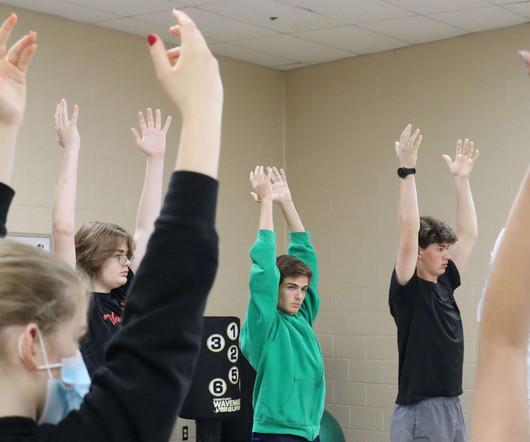
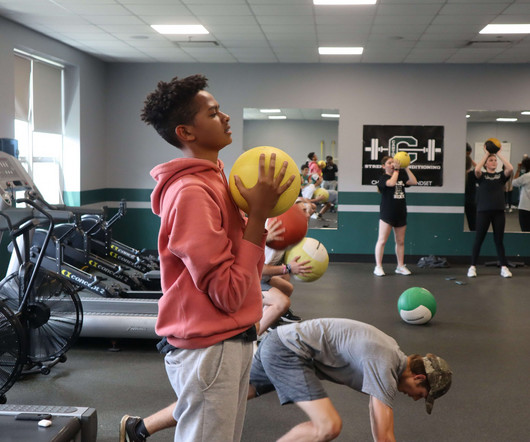
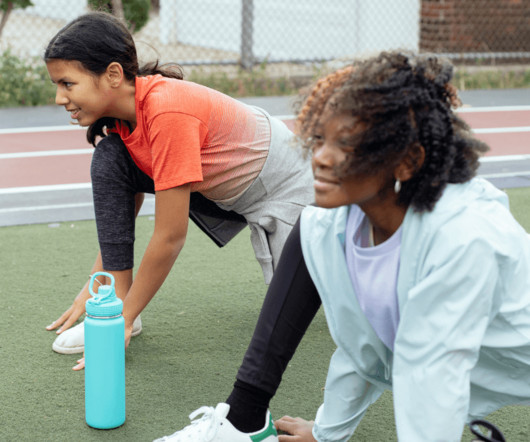
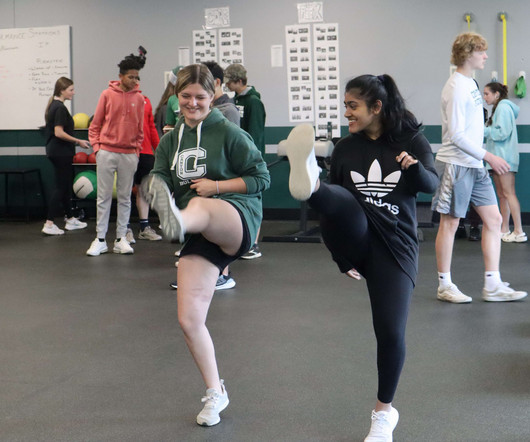
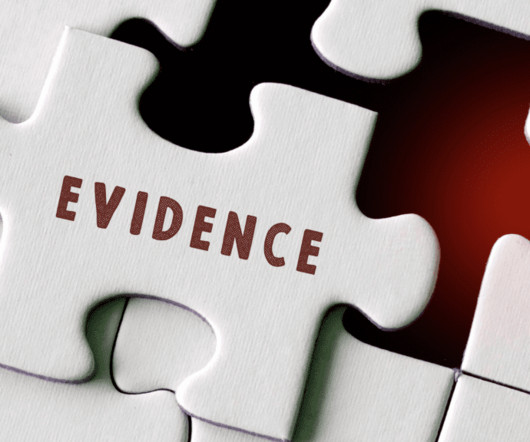
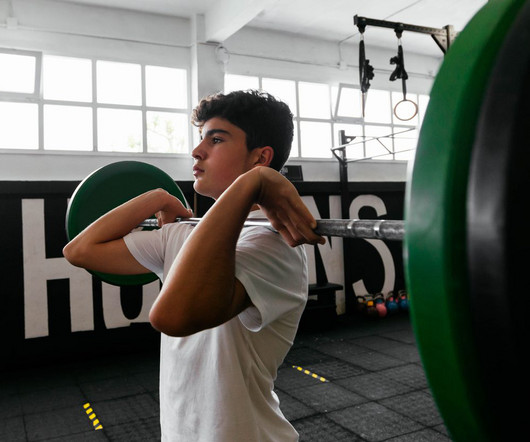






Let's personalize your content